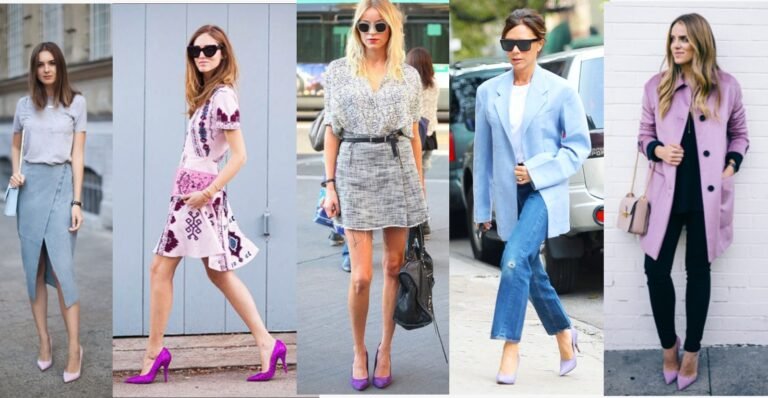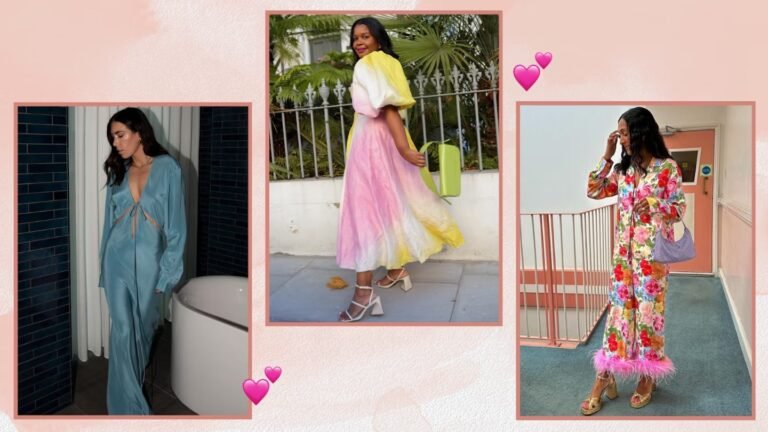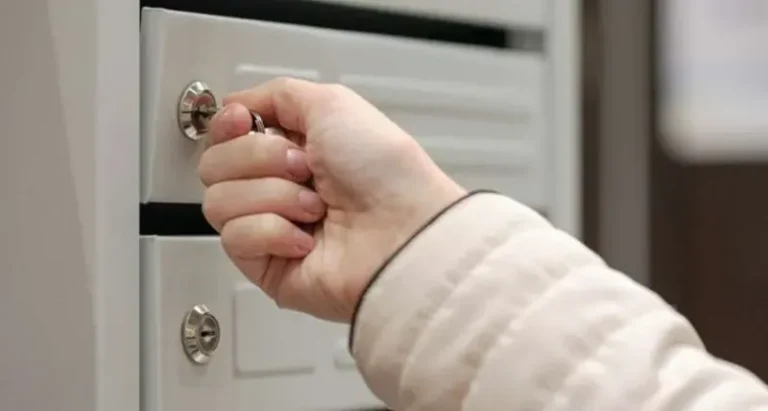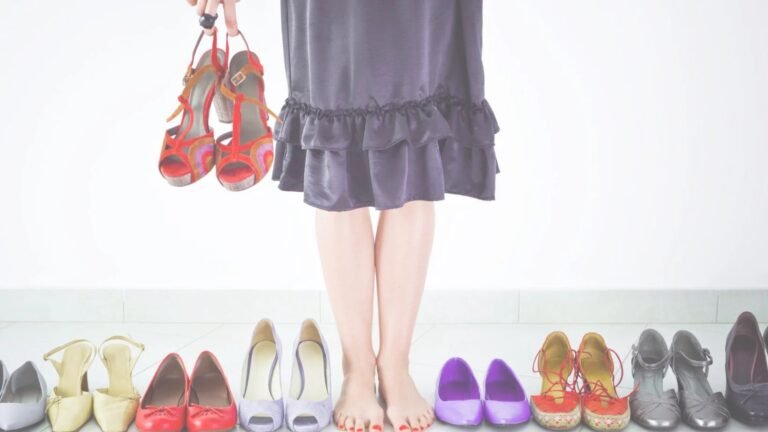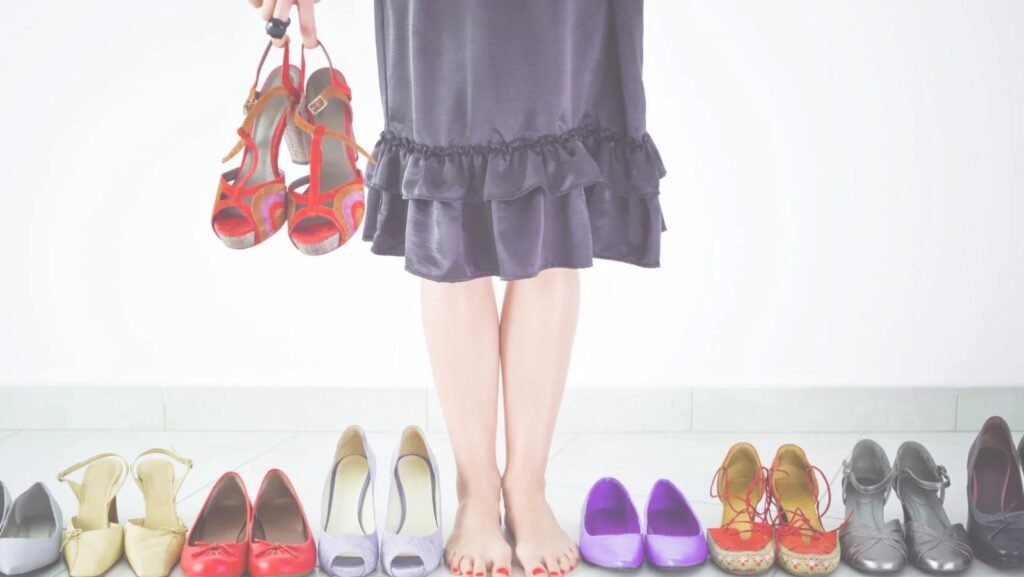
In the ever-evolving world of fashion psychology, few footwear choices command attention quite like mules. These backless wonders have transcended their humble origins to become a powerful symbol of confidence, sophistication, and self-assurance. But what exactly makes mules so psychologically compelling? The answer lies in a fascinating intersection of fashion psychology, behavioral science, and cultural symbolism that reveals why slipping into a pair of mules can instantly transform your mindset.
The Liberation of Backless Design
The absence of a back strap in mules creates more than just a distinctive silhouette—it represents psychological freedom. Fashion psychologists have long studied how clothing and accessories influence our mental state, and backless shoes occupy a unique position in this research. Unlike traditional closed shoes that can feel restrictive or confining, mules offer an immediate sense of liberation that translates directly into confidence.
This psychological phenomenon, known as “embodied cognition,” suggests that our physical experiences directly influence our mental state. When wearing mules, the slight exposure of skin and the feeling of air circulation around the heel create a subtle but powerful sensation of openness and freedom. This physical liberation often manifests as increased confidence, more assertive body language, and a greater willingness to take social risks.
The Power Posture Connection
Mules inherently change how we walk and carry ourselves. The backless design requires a slightly different gait—one that’s more deliberate, measured, and graceful. This altered walking pattern naturally elongates the stride and encourages better posture, creating what psychologists call a “power posture.” Research in embodied cognition shows that adopting confident physical positions can actually increase testosterone levels while decreasing cortisol, the stress hormone.
When wearing mules, wearers unconsciously adopt a more upright stance to maintain balance and prevent the shoe from slipping off. This improved posture sends signals to both the brain and observers that communicate confidence and authority. The psychological impact is immediate and measurable—studies indicate that people who maintain better posture report feeling more confident and are perceived as more authoritative by others.
The Effortless Sophistication Factor
Mules embody the coveted concept of “effortless elegance”—a psychological state that fashion enthusiasts strive to achieve. The ease of slipping into backless shoes creates a mental association with spontaneity and confidence in one’s appearance. This effortlessness is psychologically powerful because it suggests the wearer is so naturally stylish that they don’t need elaborate preparation to look sophisticated.
The slip-on nature of mules also triggers what psychologists call “decision confidence.” Unlike laced shoes that require multiple steps and decisions (how tight, how many eyelets, which pattern), mules eliminate decision fatigue while maintaining style impact. This reduction in micro-decisions conserves mental energy for more important choices throughout the day, contributing to an overall sense of confidence and clarity.
Cultural Symbolism and Historical Context
The psychological impact of mules extends beyond individual perception to encompass rich cultural symbolism. Historically associated with leisure and luxury—from ancient Roman sandals to modern designer interpretations—mules carry an inherent message of sophistication and social status. This cultural programming runs deep in our collective consciousness, automatically conferring a sense of elevated social positioning to mule wearers.
The backless design has also been linked to concepts of rebellion and non-conformity throughout fashion history. From 1960s mod culture to contemporary street style, mules represent a departure from traditional, “proper” footwear. This subtle rebellion against convention can psychologically empower wearers, making them feel more individualistic and confident in their personal style choices.
The Vulnerability-Confidence Paradox
Interestingly, the slight vulnerability inherent in backless shoes—the possibility of them slipping off—creates what psychologists call a “confidence paradox.” The conscious choice to wear shoes that require more attention and care signals supreme confidence in one’s ability to navigate social and physical environments successfully. This calculated risk-taking behavior is strongly associated with high self-esteem and social confidence.
The exposed heel area also represents a form of controlled vulnerability that can be psychologically empowering. By choosing to reveal typically covered areas of the foot, mule wearers demonstrate comfort with their bodies and confidence in their appearance. This body-positive mindset often extends beyond footwear choices to influence overall self-perception and social interactions.
Seasonal Psychology and Mood Enhancement
The transitional nature of mules—suitable for both warm and cool weather—makes them psychologically versatile. During warmer months, they provide the freedom and breathability that our minds associate with summer confidence and social openness. In cooler weather, they offer a sophisticated alternative to closed shoes that maintains the psychological benefits of exposure while providing adequate protection.
This versatility creates what fashion psychologists term “adaptive confidence”—the ability to feel appropriately confident across different situations and seasons. The mental flexibility that comes with wearing adaptable footwear often translates into greater overall psychological resilience and confidence in various social contexts.
The Social Signal Effect
Mules send distinct social signals that can significantly impact interpersonal interactions. The sophisticated, slightly relaxed aesthetic communicates approachability while maintaining elegance—a combination that psychologists identify as optimal for both professional and social success. This balanced message helps wearers feel confident in their ability to navigate diverse social situations effectively.
The sound profile of mules also contributes to their confidence-boosting properties. The distinctive click-slide of backless shoes on hard surfaces creates an auditory signature that announces the wearer’s presence with authority. This acoustic element reinforces the psychological impact by creating a sensory feedback loop that reinforces confident behavior.
Modern Workplace Psychology
In contemporary professional environments, mules occupy a unique psychological position. They represent a perfect balance between formal and relaxed, making them ideal for modern workplace cultures that value both professionalism and authenticity. This alignment with current professional values can significantly boost workplace confidence and self-perception.
The ease of removing mules in certain cultural contexts (like entering homes in many Asian cultures) also provides practical confidence in multicultural professional environments. This cultural adaptability reduces anxiety about social faux pas while maintaining professional appearance standards.
Conclusion: The Science of Style Confidence
The psychology behind mules reveals a complex interplay of physical sensation, cultural symbolism, and behavioral psychology that culminates in measurable confidence enhancement. From the liberation of backless design to the power posture they naturally encourage, mules represent more than just a fashion choice—they’re a psychological tool for confidence building.
Understanding these psychological mechanisms can help individuals make more intentional footwear choices that align with their confidence goals. Whether seeking to project authority in professional settings, embrace effortless sophistication in social situations, or simply feel more liberated in daily life, mules offer a scientifically-supported pathway to enhanced self-assurance.
The next time you slip into a pair of mules, remember that you’re not just choosing shoes—you’re selecting a psychological enhancement tool backed by centuries of cultural evolution and modern behavioral science. In the world of fashion psychology, few choices offer such immediate and measurable confidence benefits as embracing the liberating power of backless footwear.
